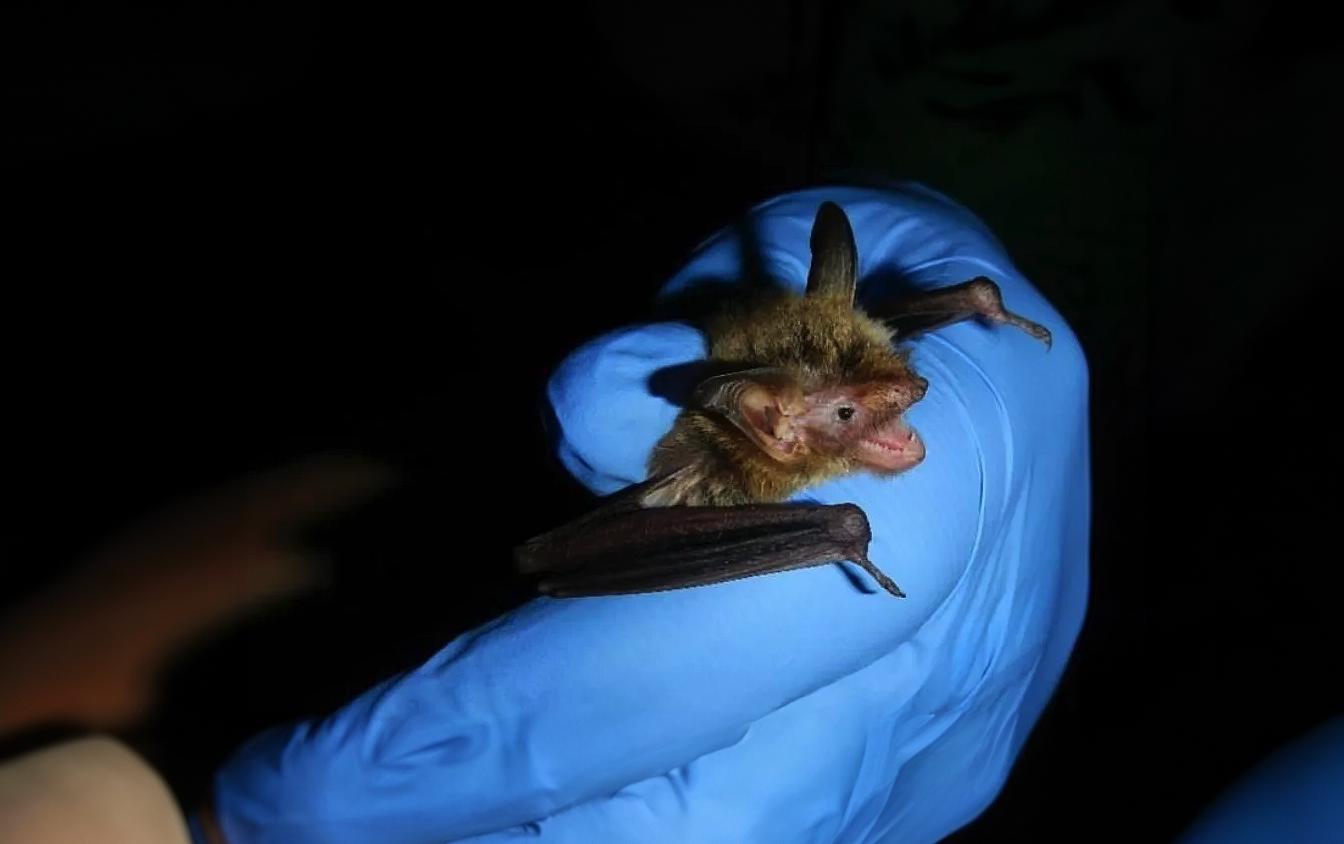There are major questions and concerns from the ecological community regarding sites impacted by Aqueous Film Forming Foam (AFFF) releases. The Department of Defense (DoD) has identified the evaluation of ecological risks from exposure to PFAS for Threatened & Endangered (T&E) species as a critical research need due to the current lack of guidance on how to quantitatively evaluate these risks. The DoD, through their Strategic Environmental Research and Development Program (SERDP), has recently funded several projects focusing on evaluating the ecological effects of PFAS in wildlife food webs at AFFF-impacted sites. Below are some key concerns when evaluating ecological risks to T&E species at PFAS-impacted sites.
Which wildlife receptors should be considered at AFFF-impacted sites?
Smaller mammals and birds with small home ranges are the primary wildlife receptors that are exposed to PFAS at AFFF-impacted sites. These receptors likely have the highest risks and should be included in any ecological risk assessment conducted at a potential AFFF-impacted site.
What exposure media should be evaluated at AFFF-impacted sites?
It is important to evaluate both aquatic and terrestrial habitats at these sites. Surface soils are the primary exposure media for terrestrial habitats, and surface water and sediment are the main exposure media for aquatic habitats. Additionally, for sediment it is also recommended to collect samples for total organic carbon content, since many PFAS sorb to organic carbon fractions in sediment. Although it’s not mandatory, collecting tissue samples (wildlife diet items such as fish), can be useful in refining the exposure assessment to reduce uncertainty in traditional ecological risk models. An adequate number of samples should be collected in both aquatic and terrestrial habitats to ensure representative data and to capture spatial and temporal variability.
Where is the greatest point of exposure for wildlife at AFFF-impacted sites?
Exposure to AFFF from initial releases is usually highest in adjacent habitat or in downgradient areas, not at the point of release, which often lacks adequate ecological habitat.
How are wildlife exposed to AFFF and what type of facilities use this Class B foam?
After an AFFF spill or release at sites known to handle or use AFFF, including commercial and private airports, fire training facilities, DoD sites, and military bases, the potential for ecological PFAS risks to wildlife may be present if there is ecological habitat present at or adjacent to the release.
Why are PFAS a concern for ecosystems?
PFAS are relatively mobile due to their soluble nature and readily travel downgradient through surface water run-off or groundwater to surface water pathways. PFAS are persistent chemicals that do not naturally break down in the environment and can bioaccumulate in plants, animals, fish and other organisms depending on their carbon chain length and chemical structure.
For more information, download the SERDP PFAS Ecological Risk Guidance document ER18-1614: https://www.serdp-estcp.org/Program-Areas/Environmental-Restoration/ER18-1614 or contact Emily Larson at elarson@trccompanies.com or 413-884-5281.





